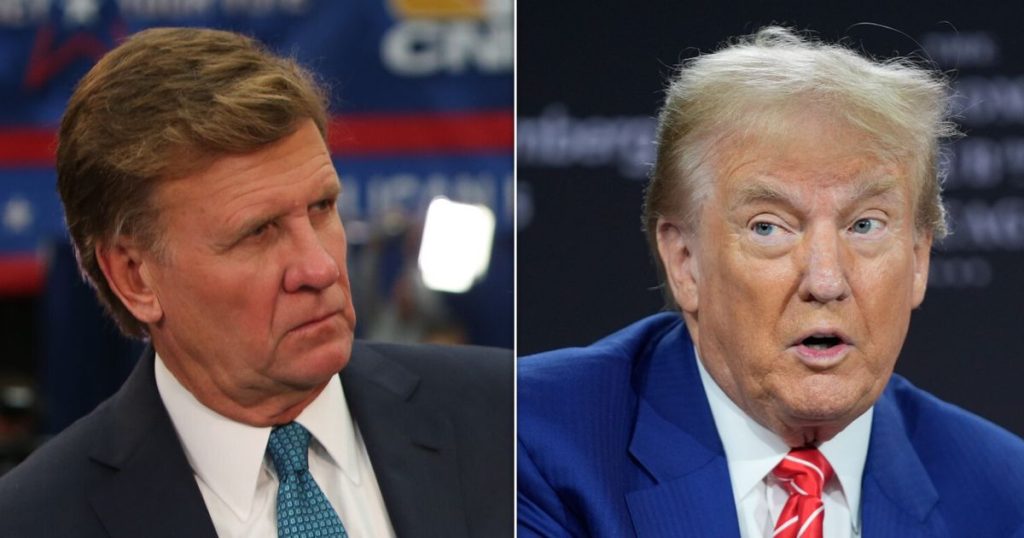Former President Donald Trump recently canceled a scheduled interview with CNBC’s “Squawk Box” co-host Joe Kernen, leading Kernen to express his disappointment on-air. Kernen had hoped that Trump’s appearance could potentially outshine Vice President Kamala Harris, who had declined an invite to the show. However, a Trump spokesperson cited a scheduling conflict as the reason for the cancellation, making it the second time this month that Trump had backpedaled on a major interview opportunity. Earlier, the Republican presidential nominee had also declined an interview with CBS News’ “60 Minutes,” instead criticizing the network and accusing it of being a threat to democracy.
On the other hand, Vice President Kamala Harris has been actively engaging in various media appearances, including interviews on shows like “60 Minutes,” “The View,” and “The Late Show with Stephen Colbert.” She also appeared on “The Howard Stern Show” and “Call Her Daddy,” a popular podcast, with discussions about a possible appearance on “The Joe Rogan Experience.” Harris’s media blitz has been well received, and she is set to sit for an interview with Fox News’ Bret Baier, a move that appears to have frustrated Trump.
Kernen suggested that Harris could potentially seize the opportunity to join the show now that Trump has canceled his appearance, which would allow them to highlight that they had offered the chance to both Trump and Harris, with only one accepting. This speculation indicates the level of interest and attention surrounding both politicians’ media engagements leading up to the cancellation of Trump’s interview. Despite the cancellations, the attention and interest in both Trump and Harris continue to be high, with their media strategies and scheduled appearances creating buzz and speculation in the political sphere.
It is notable that Trump’s cancellations of major interviews come amidst his ongoing criticism of the media and his claims of unfair treatment by certain outlets. This stance has been a recurring theme throughout his presidency and continues to be reflected in his decisions regarding media engagements. While Trump remains a polarizing figure with a strong base of supporters, his media strategy and interactions with press continue to be a topic of interest and discussion among both his critics and followers.
The media landscape and political engagement in the United States continue to evolve, with high-profile figures like Trump and Harris utilizing various platforms and shows to reach different audiences and convey their messages. The decision by Harris to engage in multiple media appearances reflects a strategic approach to gaining visibility and connecting with a diverse range of viewers. Conversely, Trump’s cancellations and criticisms of certain outlets reflect his continued adversarial relationship with the media and his efforts to control his own narrative and messaging.
Overall, the dynamics of media engagement in politics continue to shape the public discourse and perception of political figures like Trump and Harris. Their differing approaches to media appearances and interactions highlight the complexities of political communication in the modern era, with each figure navigating the media landscape in their own unique ways. As the political landscape continues to shift and evolve, the role of media in shaping public opinion and influencing political outcomes remains a key factor in understanding and analyzing the actions and decisions of political leaders like Trump and Harris.








